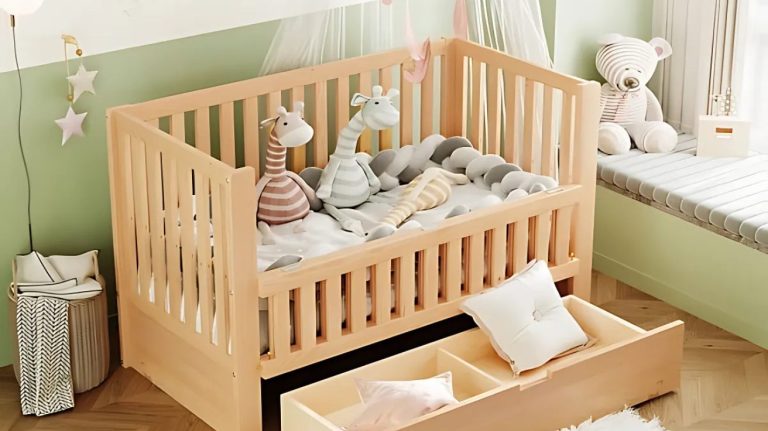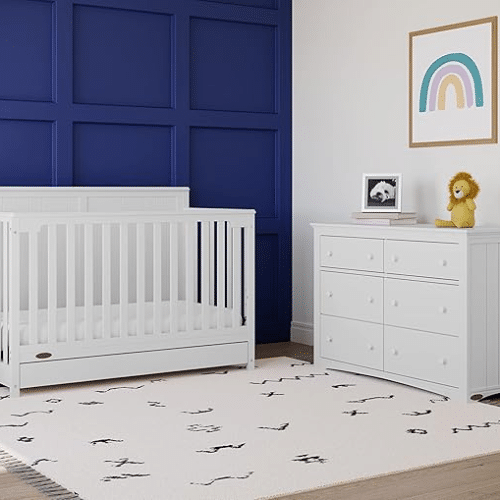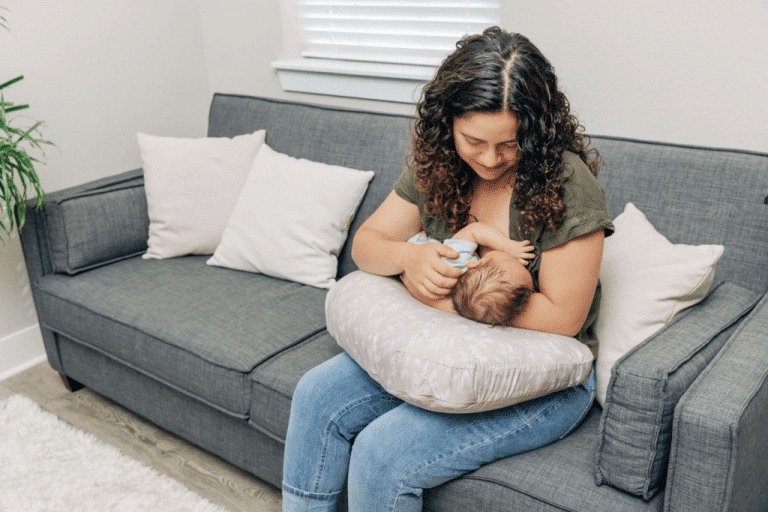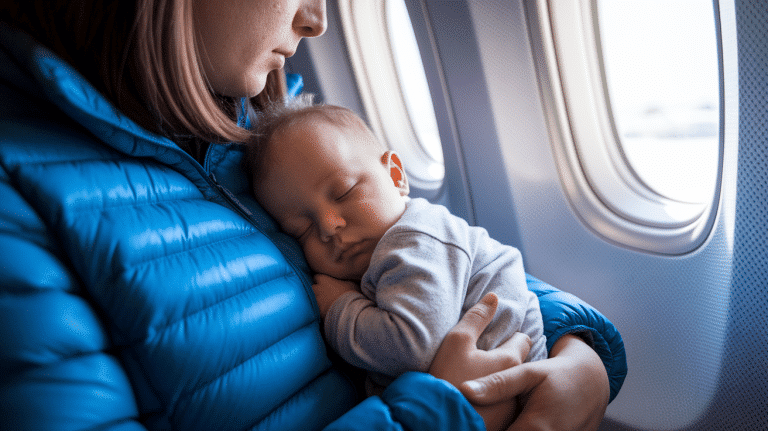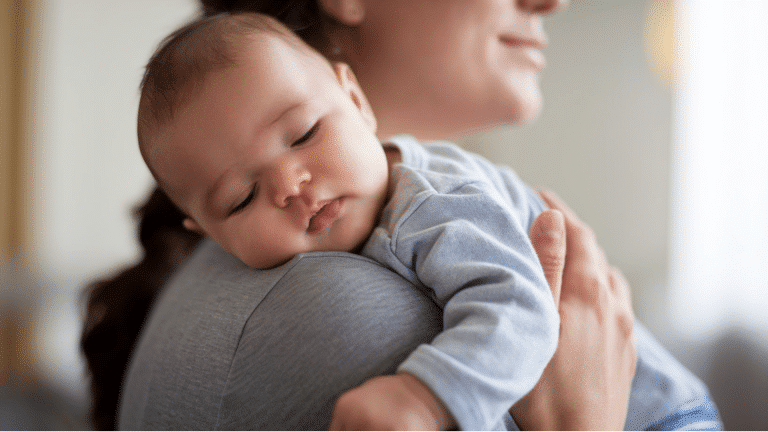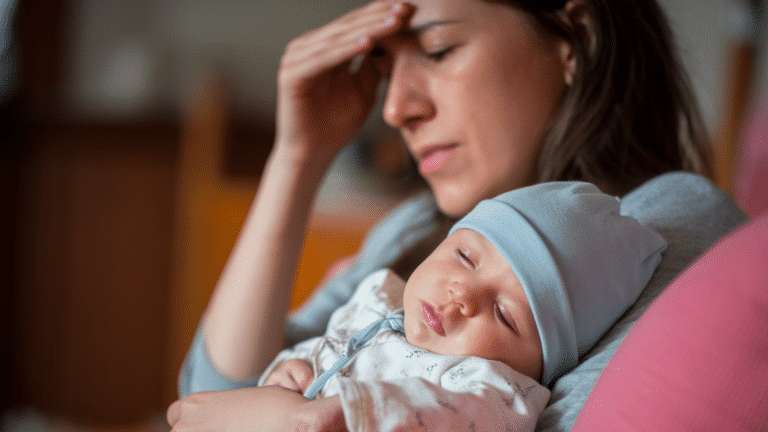Imagine never buying another crib for your child again.
What if one piece of furniture could take your baby from newborn to toddler? A single investment adapting to your child’s changing needs throughout their growth journey.
Picture this: the same cozy haven that cradles your newborn transforms to keep your curious toddler safe, then evolves again as your child grows taller and needs more space.
Is this magical furniture real? And more importantly—is it right for your family?
Join us as we unveil this revolutionary sleep solution that’s forever changing how parents plan their nurseries.
What Is a Convertible Crib?
A convertible crib is a baby bed that changes into different types of beds as your child grows. Unlike regular cribs that serve only babies, convertible cribs can be taken apart and combined in new ways to create toddler beds, daybeds, or even full-size beds.
Think of it as building blocks that can make different structures. When your baby is small, the convertible crib has four high sides to keep them safe.
Later, when your child is old enough to climb in and out safely, you can remove one side and add a toddler rail. As they continue to grow, you can change it again into a daybed or a regular bed.
The main idea behind convertible cribs is to give you a bed that lasts for many years, not just the short time your child is a baby.
How Does a Convertible Crib Work?
Convertible cribs are designed with special parts that can be removed, rearranged, or added to change the bed as your child grows. Here’s how they work:
When you first set up a convertible crib, it looks like a regular baby crib with four high sides. These sides keep your baby safe and prevent them from falling out.
You can lower the mattress as your baby grows to keep them from climbing out. This is the first adjustment you’ll make, and most cribs have 3-4 different height settings.
When your child is ready to move from a crib to a toddler bed:
- Remove the front rail of the crib
- Add a toddler guardrail in its place (this usually comes with the crib or is sold separately)
- Keep the mattress at the lowest setting
How Long Can Convertible Cribs Be Used?
Babies typically use a standard crib from birth until they’re about 18 months to 3 years old. The timing varies based on your child’s development and when they start trying to climb out.
For safety, your child should be moved out of the crib when they reach 35 inches in height, can climb out on their own, or the rail height is less than 3/4 of their height.
With convertible cribs, the usage timeline extends:
- Crib stage: Birth to 18-36 months
- Toddler bed stage: 18 months to 5 years
- Daybed/youth bed stage: 5 to 10 years
- Full-size bed: 10 years and up
This extended use is what makes convertible cribs popular with many families. While the mattress will need to be replaced as you convert to larger bed sizes, the frame itself will continue to serve your child through different growth stages.
Benefits of Having a Convertible Crib
Convertible cribs offer several advantages for families with growing children:
1. Cost-effective in the long run
Instead of buying multiple beds as your child grows, you invest in one piece of furniture that adapts to different stages.
2. Less furniture waste
Using one frame for many years means fewer discarded pieces of furniture, which is better for the environment and reduces clutter in your home.
3. Consistent style
Your child’s room maintains a consistent look over the years since the bed frame stays the same design, even as it changes form.
4. Easier transitions for children
Many children adjust better to sleeping in a “new” bed when it’s made from their familiar crib. The gradual change helps them feel secure during transitions.
5. Space-saving option
For smaller homes or apartments, having one piece of furniture that grows with your child saves valuable space that would otherwise be used to store unused beds.
6. Quality construction
Convertible cribs are typically built to last many years, so they’re often made with better materials and craftsmanship than standard cribs.
What to Consider When Choosing a Convertible Crib
Selecting the right crib involves careful consideration of safety, functionality, and long-term value. Here are the most critical factors that should guide your decision-making process when investing in this essential nursery item.
1. Safety Standards:
Ensure the crib meets JPMA and ASTM certifications for current safety requirements. Look for certification seals on packaging and avoid older models that may not comply with updated standards.
2. Construction Quality:
Choose cribs made from solid wood rather than particle board for durability. Check for smooth edges, secure hardware, and overall stability with no wobbling.
3. Conversion Options:
Consider how many stages the convertible crib offers, from toddler bed to full-size bed options. More conversion options typically provide better long-term value but may require additional conversion kits.
4. Mattress Height Adjustability:
Select a crib with multiple mattress height positions to lower as your baby grows. This crucial safety feature prevents climbing accidents as your child becomes more mobile.
5. Size and Space:
Measure your nursery dimensions before purchasing to ensure proper fit. Standard cribs are approximately 28 inches wide by 52 inches long, but dimensions vary between models.
Best Convertible Cribs in the Market
The convertible crib market offers exceptional options combining safety, functionality, and style for growing families. These top performers stand out for their quality construction, versatility, and value.
DaVinci Kalani 4-in-1 Convertible Crib
This versatile crib transitions from a crib to a toddler bed, daybed, and full-size bed, offering durability and style as your child grows.
- Certification: GREENGUARD Gold certified, non-toxic, lead, and phthalate-safe
- Adjustability: Four adjustable mattress heights for growing babies
- Assembly: Easy-to-follow instructions for hassle-free setup
- Durability: Hidden hardware for a sleek, clean look
Babyletto Hudson 3-in-1 Convertible Crib
This crib grows with your baby, transitioning from a crib to a toddler bed and daybed, offering a durable and stylish solution for every stage.
- Certification: GREENGUARD Gold certified, non-toxic, lead, and phthalate-safe
- Adjustability: Four adjustable mattress heights for easy access and comfort
- Assembly: Easy-to-follow instructions for a hassle-free setup
- Durability: Crafted from 100% sustainably sourced New Zealand pine wood, with hidden hardware for a polished look
Graco Hadley 5-in-1 Convertible Crib
This versatile crib transitions from a baby crib to a toddler bed, daybed, and full-size bed, offering long-term use and built-in storage for convenience.
- Certification: JPMA certified, safety tested to meet or exceed all applicable safety standards
- Adjustability: Three adjustable mattress height options for growing babies
- Assembly: Assembly required with easy-to-follow instructions
- Durability: Crafted with sustainable New Zealand pine wood and engineered wood for lasting strength
Delta Children Heartland 4-in-1 Convertible Crib
This crib easily transforms from a crib to a toddler bed, daybed, and full-size bed, offering lasting comfort and versatility for your growing child.
- Certification: JPMA certified to meet or exceed CPSC and ASTM safety standards, tested for lead and other toxic elements
- Adjustability: Three mattress height adjustments to accommodate your baby’s growth
- Assembly: Easy assembly with clear instructions for convenience
- Durability: Strong and sturdy wood construction for long-lasting use
Tips for Sleeping Safely in A Convertible Crib
Ensuring your baby’s safety during sleep is paramount for peace of mind and proper development. Following established safety guidelines can significantly reduce risks associated with infant sleep environments.
1. Always place the baby on its back to sleep, following the AAP’s “back to sleep” recommendation. This position significantly reduces the risk of sudden infant death syndrome (SIDS).
2. Use a firm mattress that fits snugly within the crib frame, with no gaps larger than two fingers between the mattress and crib sides. An ill-fitting mattress creates dangerous gaps where infants can become trapped.
3. Keep the crib bare, with no pillows, blankets, stuffed animals, or bumper pads. Use only a fitted sheet and consider a wearable blanket or sleep sack instead of loose bedding.
4. Position the crib away from windows, blinds, cords, and furniture that could pose entanglement or falling hazards. Ensure nothing can be pulled into the crib from outside.
5. Regularly check hardware to ensure all parts remain tight and secure, and periodically inspect the crib for damage, splinters, or loose components that could create safety hazards.
To Sum It Up
Convertible cribs offer a smart solution for parents seeking long-term value in nursery furniture. By transforming from a crib to a toddler bed, daybed, and sometimes a full-size bed, these versatile pieces grow with your child through different stages.
This practical approach saves money by avoiding multiple furniture purchases and creates consistency in your child’s sleep environment.
When selecting a convertible crib, focus on safety certifications, proper mattress fit, and adjustment features to ensure years of safe use.
With proper maintenance, a quality convertible crib provides both functionality and peace of mind, making it a worthwhile investment for your growing family.

